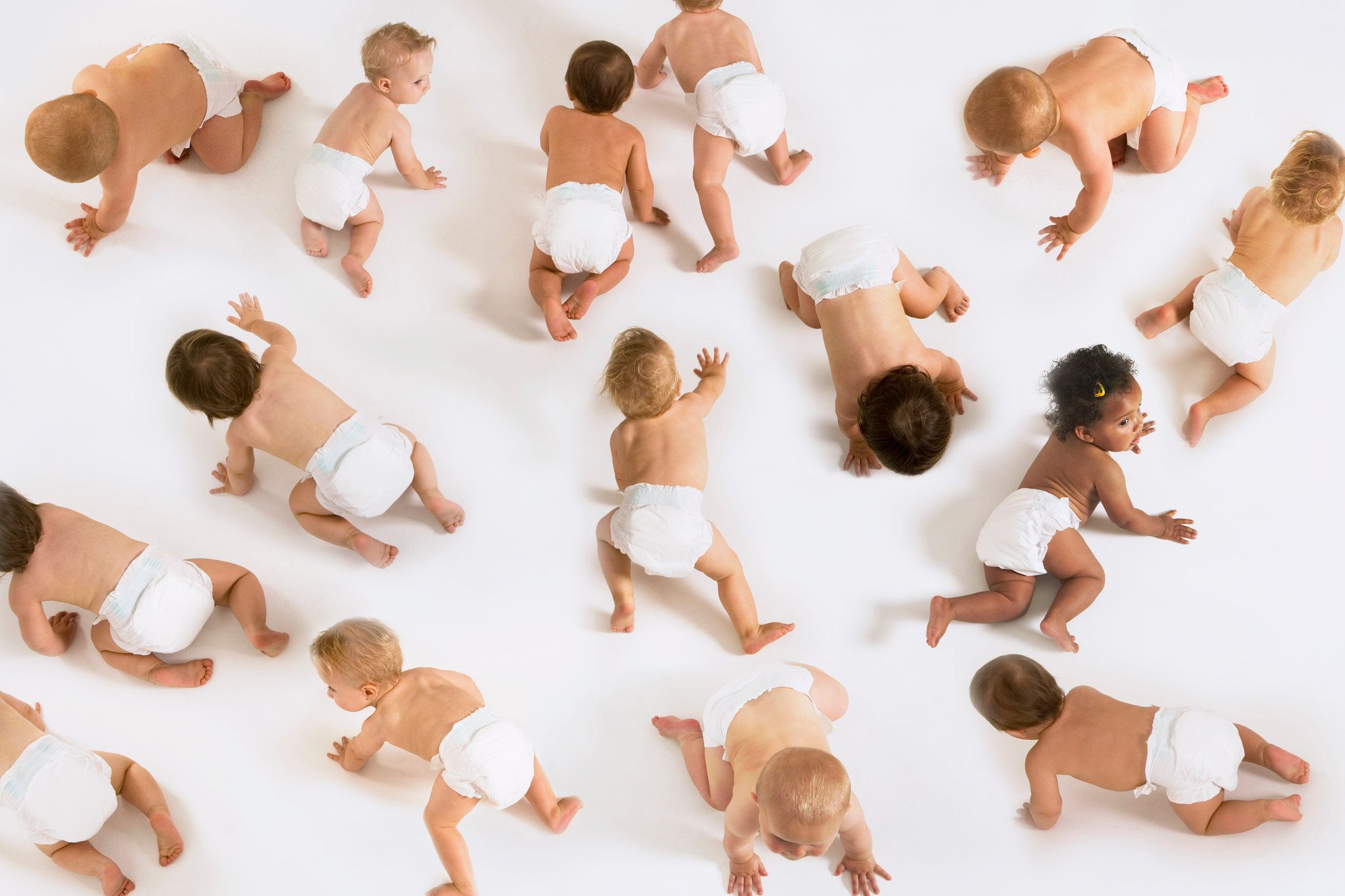Research finds consistent trends in families with multiple children
A recent study analyzing over 58,000 birth records suggests that some families may have a biological tendency toward having children of the same sex. Conducted by researchers at Harvard University and published in Science Advances, the study challenges the assumption that the chances of having a boy or girl are always 50/50.
Same-sex sibling patterns appear more frequently than expected
Using data from the Nurses’ Health Study, which followed over 146,000 pregnancies in the U.S. between 1956 and 2015, researchers found that when the first two children in a family were of the same sex, the likelihood of a third child sharing that sex increased. For instance, in families with three girls, the chance of having a fourth girl was 58%, while in families with three boys, the probability of another boy reached 61%.
This phenomenon is described as a “weighted coin toss,” implying that individual families may have specific biological factors influencing sex outcomes across multiple births.
Possible influences and study limitations
One variable associated with this trend was the mother’s age at first birth. Women who began childbearing before age 23 were more likely (around 40%) to have children of the same sex, compared to about 50% for those who started after age 28.
The researchers noted several limitations, including the absence of data on fathers’ age and genetics, as well as the exclusion of pregnancies resulting in miscarriage, stillbirth, or involving fertility treatments. Additionally, since the sample consisted mostly of white women in the U.S., the findings may not apply universally across different cultural or demographic groups.



